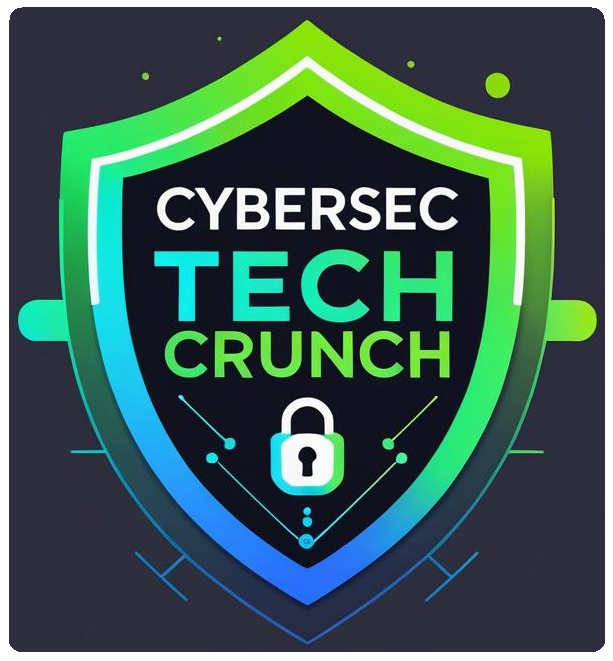Data Breaches and Ransomware: The Relentless Cyber Threats of Our Time

Data Breaches and Ransomware: The Relentless Cyber Threats of Our Time
In an age where data fuels business, innovation, and even identity, its theft has become one of the most pressing challenges of the digital world. Data breaches and ransomware attacks are no longer occasional disruptions-they’re a near-daily occurrence. And what’s more concerning is that these attacks are evolving, becoming more deliberate, more damaging, and often more personal.
A data breach doesn’t just mean the loss of information; it’s often the start of a much larger problem. Once attackers gain access to an organization’s data, the consequences ripple outward-impacting customers, partners, and sometimes entire industries. Intellectual property can be sold, sensitive personal details leaked, and public trust shattered in an instant. We’ve seen countless headlines detailing breaches in sectors from healthcare to finance, and each one underscores how vulnerable even well-resourced institutions can be.
Ransomware, meanwhile, has grown into a billion-dollar criminal enterprise. What began as crude attacks encrypting individual files has matured into a business model. Today’s ransomware operators aren’t just locking data; they’re stealing it first, then threatening to release it publicly if ransoms aren’t paid. Double and even triple extortion techniques are becoming standard. Victims now face the threat of operational downtime, regulatory penalties, and public humiliation-all at once.
These attacks are no longer random. Cybercriminals are using reconnaissance to identify high-value targets, exploiting specific vulnerabilities, and even launching attacks during holidays or critical periods when defenses are weaker. Healthcare facilities during a pandemic, schools during exam season, and local governments right before budget deadlines have all found themselves in the crosshairs.
Part of what makes ransomware so effective is its psychological edge. Victims often feel cornered, faced with the choice of paying a ransom or risking devastating losses. And the truth is, even with good backups and response plans, recovery is rarely simple. Restoring operations can take weeks, and the reputational damage can last far longer.
The fight against data breaches and ransomware isn’t hopeless-but it is demanding. Organizations must take a layered approach to security, from patching vulnerabilities promptly to educating employees on phishing threats. Having robust detection and response capabilities is critical, as is a solid backup strategy that includes regular testing.
Perhaps most importantly, the mindset around cyber threats needs to shift. It's no longer a matter of “if” but “when.” Being prepared means planning for the worst while working to prevent it. It means treating cybersecurity not as a technical hurdle, but as a fundamental business priority-just like finance, operations, or legal compliance.
Data is the currency of the modern world, and its protection has never been more urgent. As attackers grow bolder and smarter, so too must our resolve to defend against them-not just with tools, but with awareness, agility, and unity.
























